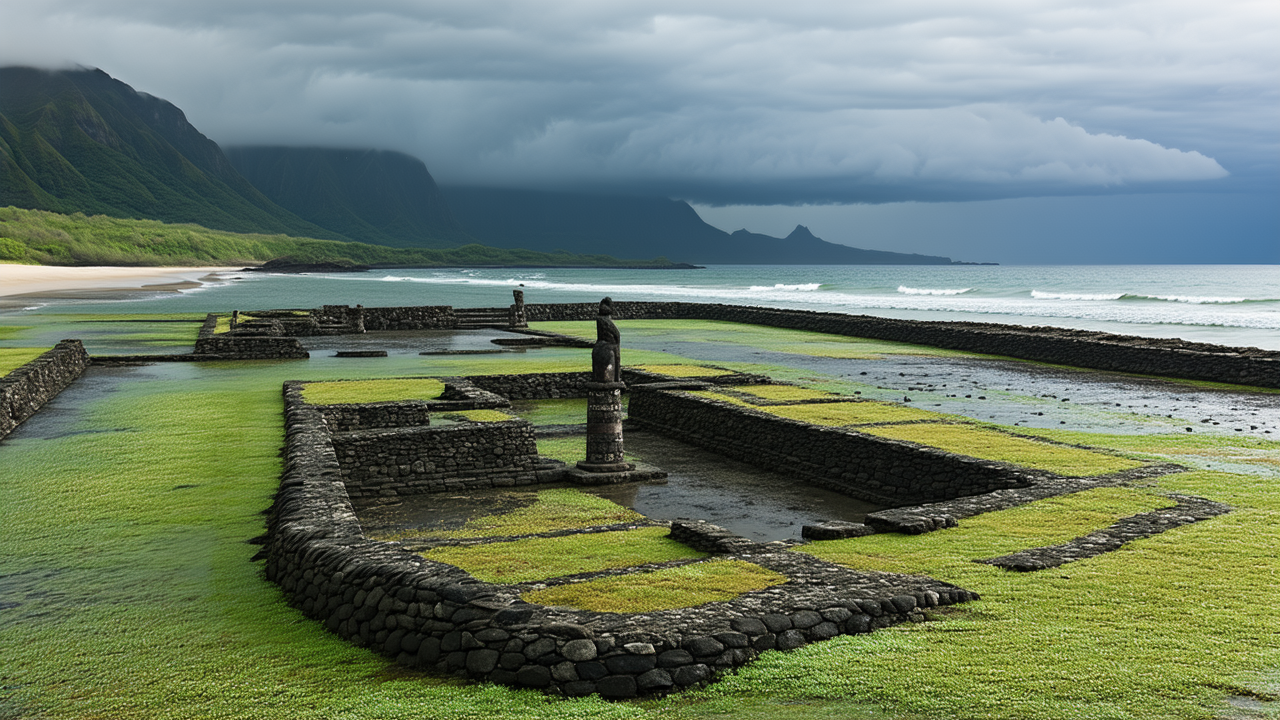The 'Birthplace of the Nation' at Risk from Rising Sea Levels
Threat to a Cultural and Historical Treasure
The Wairau Bar, known as Te Pokohiwi o Kupe in Māori, stands as one of the most significant archaeological sites in New Zealand. This ancient site, located in Marlborough, is not only a cultural landmark for the local Rangitāne o Wairau iwi but is also regarded as the birthplace of the nation. However, a new study reveals that this historically rich site is now under threat from the escalating impacts of climate change.
According to a recent analysis, the Wairau Bar—situated at the mouth of the Wairau River, with the sea on one side and a lagoon on the other—is highly vulnerable to erosion and flooding. Rising sea levels and increasingly severe storm events could lead to significant inundation of the site, risking the loss of invaluable cultural and historical artifacts, including koiwi tangata (ancestral remains), which are sacred to the Rangitāne o Wairau people.
Corey Hebberd, a co-author of the study and a descendant of the Rangitāne o Wairau iwi, emphasized the site’s importance both nationally and internationally. As one of the earliest known human settlement sites in Aotearoa, the Wairau Bar offers a glimpse into the arrival of some of the first settlers in New Zealand. Its historical significance extends far beyond the local community, telling a story that resonates with all of Aotearoa and the wider world.
Current modeling shows that under a one-in-100-year storm event, the site could be up to 20% flooded. By the 2050s, with an expected sea level rise of half a meter, this flooding could increase to 50%. If sea levels rise by a full meter—projected to occur between 2070 and 2130—up to 75% of the site could be at risk.
Hebberd noted that the threat of climate change is no longer a distant concern but a present reality. “When we talk about a one-meter sea level rise and 75% of the site being at risk, that's in my lifetime,” he said. “That places a real burden and sense of responsibility on my generation.”
Recent heavy rains in the Nelson Tasman region have already had a negative impact on the site, though it has so far avoided major damage. However, Hebberd warned that each major flooding event exacerbates erosion, making the site more vulnerable over time.
To protect the site from further damage, Hebberd suggested implementing “soft engineering” solutions, such as planting native vegetation to stabilize the soil and prevent erosion. He also emphasized the need for both local and national policy changes to safeguard not only the Wairau Bar but other culturally significant sites across the country.
The collaboration between Rangitāne o Wairau and NIWA (National Institute of Water and Atmospheric Research) has combined mātauranga Māori (Māori knowledge) with scientific research. This partnership has ensured that the voices and experiences of the local iwi have been integral to the research process, including through community engagement and interviews about past flooding events.
As the climate crisis continues to accelerate, the Wairau Bar serves as a powerful reminder of the urgent need to protect our cultural heritage. For the Rangitāne o Wairau people and all of Aotearoa, this site is not just a relic of the past—it is a living testament to the resilience and history of the nation.
